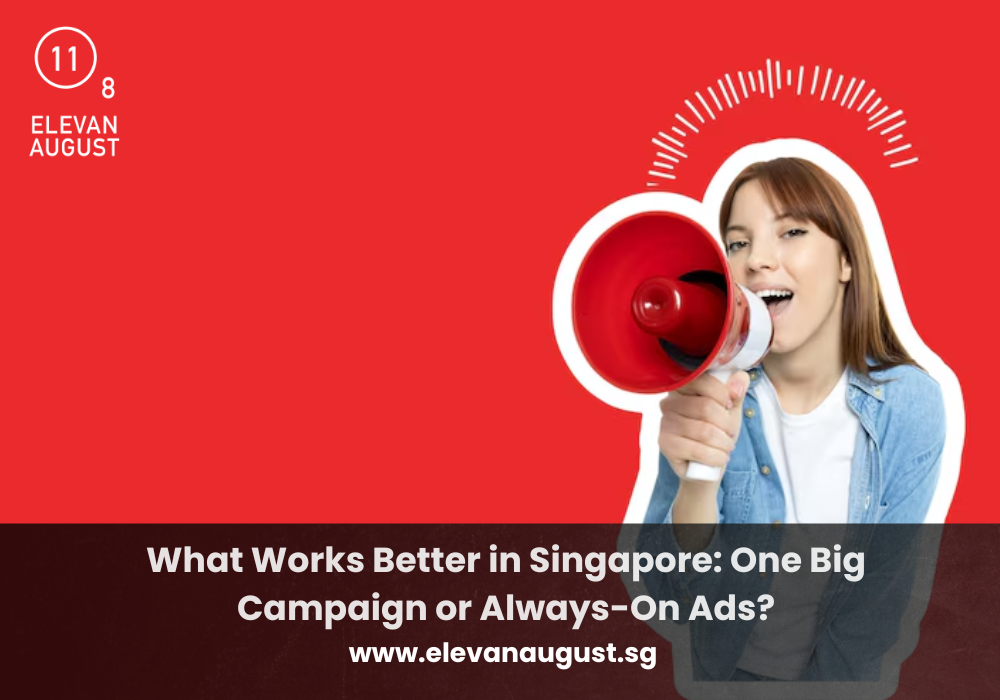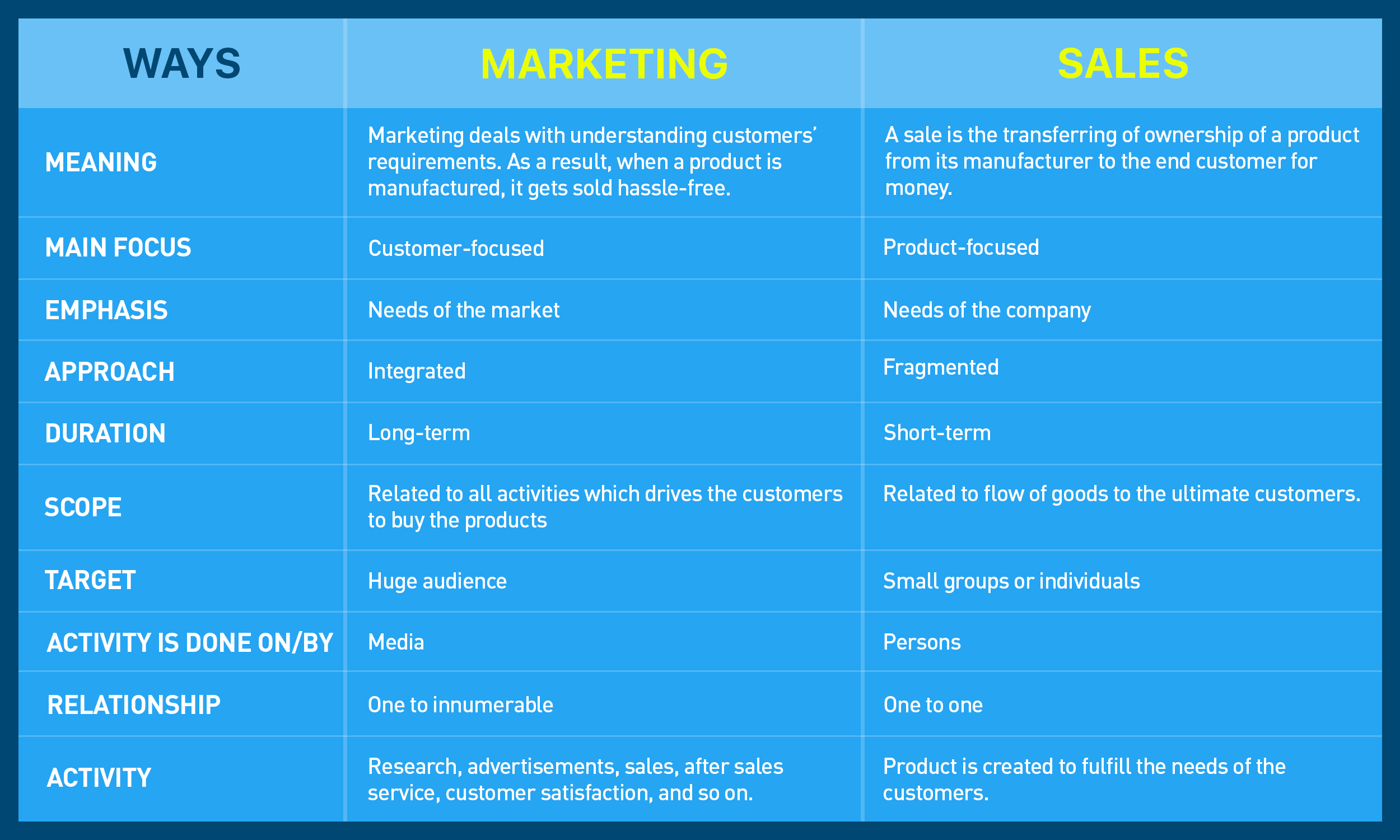Attention is expensive in Singapore. Your audience moves fast, skips ads quickly, and rarely waits to be convinced.
Some brands try to capture attention in one bold move.
Others spread their bets with smaller, consistent touchpoints.
Both approaches work—but not always for the same reason.
To decide what fits, you need to match your goals with how people actually discover and engage with your brand. The trade-offs are not always obvious upfront.
Big campaigns create attention spikes—but require careful timing
A campaign gives you a clear moment. It launches. It peaks. It ends.
This works well if you’re introducing a new product, rebranding, or aligning with a seasonal window like Chinese New Year or 11.11.
The key is to make that moment matter. Strong campaigns are usually paired with video, press coverage, or partnerships that build anticipation.
When executed well, they create more than clicks—they shape how people remember your brand.
For brands that already have some visibility, a campaign can sharpen awareness quickly and reset how people perceive you.
Always-on ads build familiarity over time and support long buying cycles
Some products or services need time to sell. Think financial services, software subscriptions, or private education.
These require repeated exposure and gentle nudges.
Always-on campaigns give you a way to stay visible without burning your entire budget in one burst. You don’t need to impress people on the first scroll.
You just need to show up when they’re ready.
For this reason, an always-on digital marketing strategy Singapore teams often lean on works best when it’s built to be adjusted often, not set once and left running.
Hybrid strategies tend to work best for brands with multiple goals
Not every brand fits neatly into one approach. Some need spikes for product drops, but also want steady lead generation on the side.
In these cases, a hybrid model often delivers better traction.
Use campaigns to drive launches, promotions, or high-impact messaging. Layer always-on ads beneath to maintain visibility, retarget visitors, or support softer brand moments.
The mix keeps things moving without overloading your team or audience.
The key here is sequencing—knowing when to scale up and when to hold steady.
Budget planning looks different for each approach
Campaigns concentrate budget in shorter bursts. This often means higher spend per week, but for fewer weeks overall.
Always-on plans stretch the same budget over a longer period, often with more predictability.
One approach isn’t cheaper than the other. They just carry different expectations.
If your team prefers monthly consistency, always-on works better.
If you’re willing to sprint, pause, and sprint again, campaigns create more dramatic results—when timed right.
Understanding this difference can help you avoid overcommitting in the wrong format.
Messaging and creative also follow different rhythms
Campaigns allow for big creative swings. You can test bold visuals, unique offers, or themed content that lives for a specific period.
Always-on content needs to last longer. It should feel clear, useful, and adaptable across formats.
This distinction matters because your team will spend time planning differently for each.
For teams who produce in cycles, the campaign model can offer more freedom. For lean teams that update as they go, always-on might feel more manageable.
This plays directly into how you measure marketing campaign effectiveness in Singapore—based on bandwidth, not just performance.
Final Thoughts
What works better often depends on how your team works.
We’ve seen some brands grow steadily through always-on optimisation, while others thrive on strong campaign bursts paired with smart timing.
As a social media agency in Singapore, our work often blends both—launches when it counts, rhythm the rest of the year. The key is matching the method to the goal, the product, and the people behind it. Everything else builds from there.
To know more about our services and approach, get in touch with us today.






